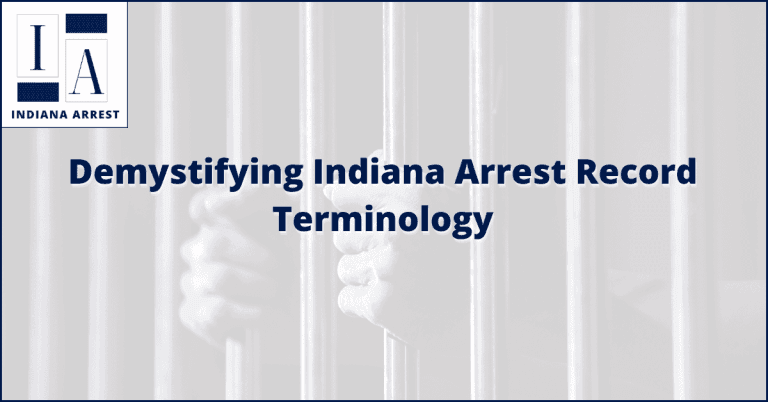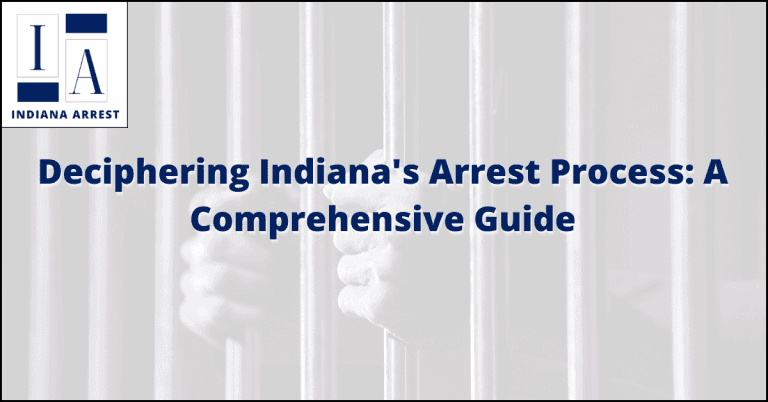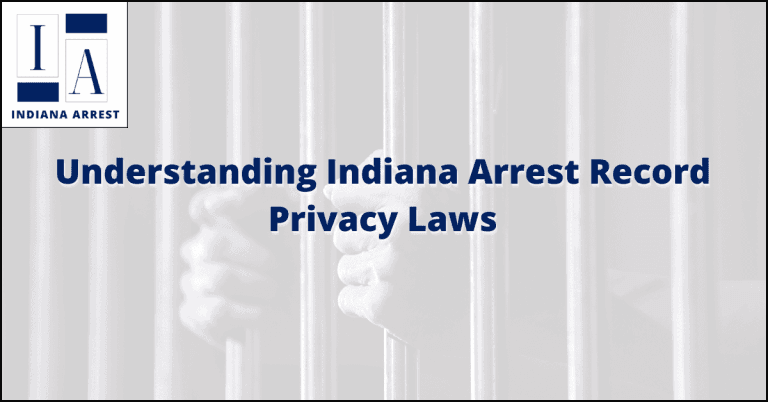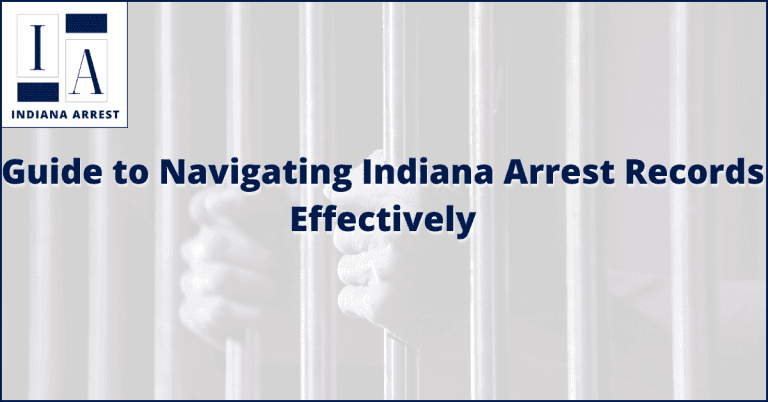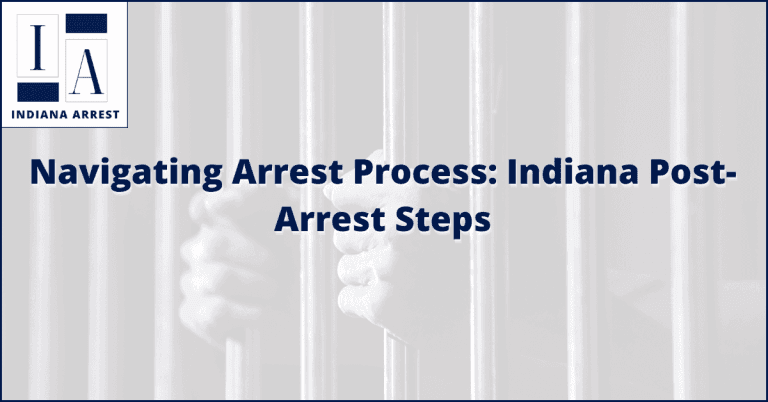Exploring Indiana Arrest Data: Trends & Insights
In the realm of criminal justice, one aspect that draws significant attention is the world of arrest data. Within the state of Indiana, arrest data serves as a window into law enforcement activities, crime trends, and societal shifts. This comprehensive article embarks on a journey to analyze Indiana’s arrest data, unveiling patterns, offering perspectives, and illuminating the broader implications of these trends.
When delving into the intricate landscape of criminal justice, arrest data emerges as a compelling subject of exploration. Within the state of Indiana, arrest data provides a multifaceted lens through which we can gain insights into law enforcement activities, crime trends, and societal shifts. This article embarks on a comprehensive journey, analyzing Indiana’s arrest data to uncover patterns, offer valuable perspectives, and shed light on the broader implications of these trends.
Exploring Indiana’s Arrest Landscape
The arrest landscape in Indiana is far from monolithic. It encompasses a complex interplay of factors that contribute to the ebb and flow of arrests. This analysis doesn’t merely scrutinize numbers; it dives into the nuances that define law enforcement strategies, community dynamics, and the intricate dance between criminal activities and prevention efforts.
Unveiling Patterns: Crime Trends Over the Years
By examining arrest data over a span of years, patterns begin to emerge. These patterns offer insights into the evolution of criminal activities. Not only do they help in understanding the prevalence of different types of crimes, but they also contribute to a better grasp of the effectiveness of law enforcement responses. Analyzing these trends can aid in predicting future challenges and adapting strategies accordingly.
Demographic Insights: Who and Why?
Beyond the numbers, arrest data contains demographic information that is instrumental in understanding the “who” and “why” behind the arrests. Analyzing demographic factors such as age, gender, and socioeconomic background can shed light on disparities in arrests. These insights raise important questions about societal inequalities and their interaction with law enforcement practices.
Comparative Analysis: Urban vs. Rural Arrest Trends
One intriguing facet of arrest data is the comparison between urban and rural areas. By analyzing arrest rates and types of offenses across different regions, we can identify unique challenges faced by law enforcement in various settings. This understanding can guide targeted approaches to crime prevention and resource allocation.
Implications for Law Enforcement Strategies
Arrest data isn’t just a collection of historical facts; it has real-time implications. By dissecting the data, law enforcement agencies can gain insights into the effectiveness of their strategies. Whether it’s adjusting patrols, enhancing community engagement, or targeting specific crime hotspots, data-driven decisions can lead to more impactful outcomes.
Social and Economic Factors in Arrest Trends
Arrest data doesn’t exist in a vacuum; it’s intertwined with social and economic factors. Factors such as unemployment rates, education levels, and poverty play a role in shaping arrest trends. Understanding these connections can prompt holistic approaches to crime prevention that address root causes.
Technological Influence on Arrest Data Collection
In the digital age, technology plays a pivotal role in data collection. From body cameras worn by officers to automated record-keeping systems, technology has transformed how arrest data is captured and stored. Exploring these advancements can provide insights into the accuracy and transparency of data collection methods.
Future Projections and the Importance of Data-Driven Decisions
Arrest data analysis isn’t limited to the past and present; it extends to the future. By extrapolating trends and anticipating shifts, law enforcement agencies can proactively tailor their strategies. The ability to make data-driven decisions enhances not only the efficiency of law enforcement efforts but also the overall safety and well-being of communities.
FAQS
What are the most common types of arrests in Indiana?
In Indiana, common types of arrests encompass property crimes, drug-related offenses, DUIs, and specific violent crimes. Analyzing this breakdown provides insights into law enforcement priorities and the prevalence of different criminal activities.
How has the opioid crisis impacted Indiana’s arrest rates?
The opioid crisis has significantly influenced arrest rates in Indiana, particularly in relation to drug-related offenses and overdoses. Examining the intersection of arrest data and the opioid epidemic helps us understand the complexities of the crisis and its implications for law enforcement and public health efforts.
What are the overall trends in Indiana arrest rates over the past decade?
This frequently asked question seeks to understand the general direction of arrest rates in Indiana over a significant period. Users are likely curious about whether arrest rates have been increasing, decreasing, or remaining stable.
Which counties in Indiana have the highest and lowest arrest rates?
People often want to know the geographical distribution of arrests within the state. This question aims to identify the counties with the highest and lowest rates of arrests, shedding light on potential disparities.


